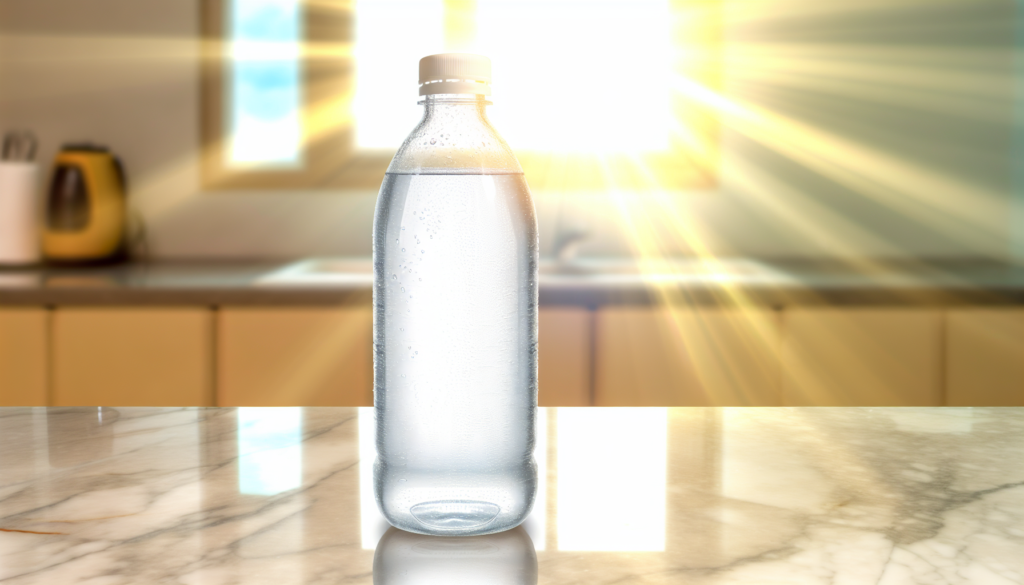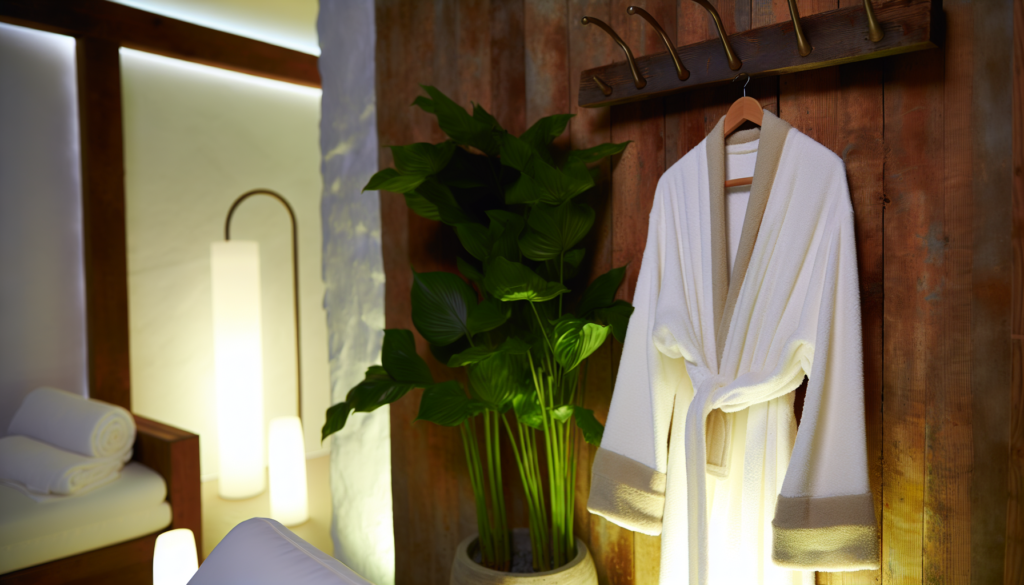Dealing with oily skin can feel like a never-ending battle against shine, enlarged pores, and unexpected breakouts. I’ve been there – trying countless products that promise to mattify only to find my face looking like a glazed donut by lunchtime. But after years of trial and error (and consulting with dermatologists), I’ve discovered that the right morning routine can make all the difference. This 5-step morning skin care routine for oily skin has been a game-changer for many, balancing oil production without stripping the skin of its natural moisture.
Understanding Oily Skin Before Starting Your Routine
Before diving into the routine, let’s understand why your skin produces excess oil in the first place. Oily skin occurs when sebaceous glands work overtime, producing more sebum than necessary. This could be due to genetics, hormonal changes, stress, or even weather conditions. While it might seem counterintuitive, harsh products that strip away all oil actually signal your skin to produce even more sebum—creating a frustrating cycle.
The key to managing oily skin isn’t eliminating oil completely (that’s impossible and unhealthy), but rather balancing it. A proper morning routine helps control shine throughout the day while maintaining your skin’s natural protective barrier.
Step 1: Cleanse With a Gentle Foaming Cleanser
Start your day with a proper cleanse using a gentle foaming face wash specifically formulated for oily skin. Even though you cleaned your face last night, your skin produces oil while you sleep, and this needs to be washed away.
Look for cleansers with these ingredients:
Avoid harsh soaps that leave your skin feeling tight or “squeaky clean” – this indicates you’ve stripped away too much natural moisture, which will trigger more oil production later.
Use lukewarm water (never hot!) and massage the cleanser in circular motions for about 60 seconds, paying extra attention to your T-zone. Rinse thoroughly and pat dry with a clean towel.
Morning Cleansing Tip
If you find that your regular cleanser isn’t cutting it, try double cleansing in the morning. Start with a micellar water to remove surface oils, then follow with your regular foaming cleanser. This can be particularly helpful during hot, humid months.
Step 2: Tone to Balance pH and Remove Residue
Toners have come a long way from the alcohol-heavy, skin-stripping formulas of the past. A good toner for oily skin helps restore pH balance, remove any cleanser residue, and prepare your skin for the next steps in your routine.
What to look for in a toner:
Apply toner by saturating a cotton pad and gently sweeping it across your face, avoiding the eye area. Allow it to dry completely before moving to the next step.
Have you noticed how your skin feels more balanced and less reactive after using a proper toner? That’s because toners help create an optimal environment for the active ingredients in your subsequent products to penetrate effectively.
Step 3: Apply a Lightweight Antioxidant Serum
Serums deliver concentrated ingredients deep into your skin. For oily complexions, vitamin C serums work wonders in the morning routine – they provide antioxidant protection, help control oil, and brighten the skin without adding heaviness.
When selecting a serum, consider these options:
Apply 3-4 drops to your fingertips and gently press the serum into your skin. Wait about 60 seconds before moving to the next step.
Serum Application Secret
Less is more with serums! Using too much product doesn’t increase effectiveness; it just wastes product and can possibly irritate your skin. A pea-sized amount is typically sufficient for your entire face.
Step 4: Moisturize With a Gel-Based Formulation
Yes, oily skin needs moisturizer too! Skipping moisturizer can actually trigger more oil production as your skin tries to compensate for perceived dryness. The trick is choosing the right formulation.
Gel or water-based moisturizers provide hydration without heaviness. Look for these keywords on packaging:
Apply a small amount and gently massage into your skin using upward motions. Focus on drier areas first, using less product on oilier zones like your T-zone.
Step 5: Finish With Broad-Spectrum Sunscreen
This final step is non-negotiable, regardless of weather conditions or season. Sun exposure can worsen oily skin issues by triggering inflammation and increasing oil production. Plus, many acne treatments can make your skin more sun-sensitive.
For oily skin types, look for these characteristics in sunscreens:
Apply generously to all exposed areas and reapply every two hours if you’re outdoors.
Pro Sunscreen Tip
If you’re wearing makeup, consider using a powder sunscreen for mid-day touch-ups. These can absorb excess oil while providing additional sun protection without disturbing your makeup.
Common Mistakes to Avoid in Your Morning Routine
Even with the best products, certain habits can sabotage your results:
Adjusting Your Routine Seasonally
Your skin’s needs change with the seasons. In summer, you might need more mattifying products and higher SPF, while winter might require slightly richer hydration. Pay attention to how your skin feels and adjust accordingly.
Consistency is key with any skin care routine for oily skin. Give new products at least 4-6 weeks to show results before making changes. Your skin needs time to adapt and respond to new ingredients.
Remember that managing oily skin is about balance, not elimination. With this simple yet effective 5-step morning routine, you can enjoy controlled shine, minimized pores, and a healthy complexion all day long. The best part? This routine takes less than 10 minutes but delivers results that last all day.
What morning skincare step has made the biggest difference for your oily skin? Share your experience in the comments below, and don’t forget to bookmark this morning skin care routine for future reference!







